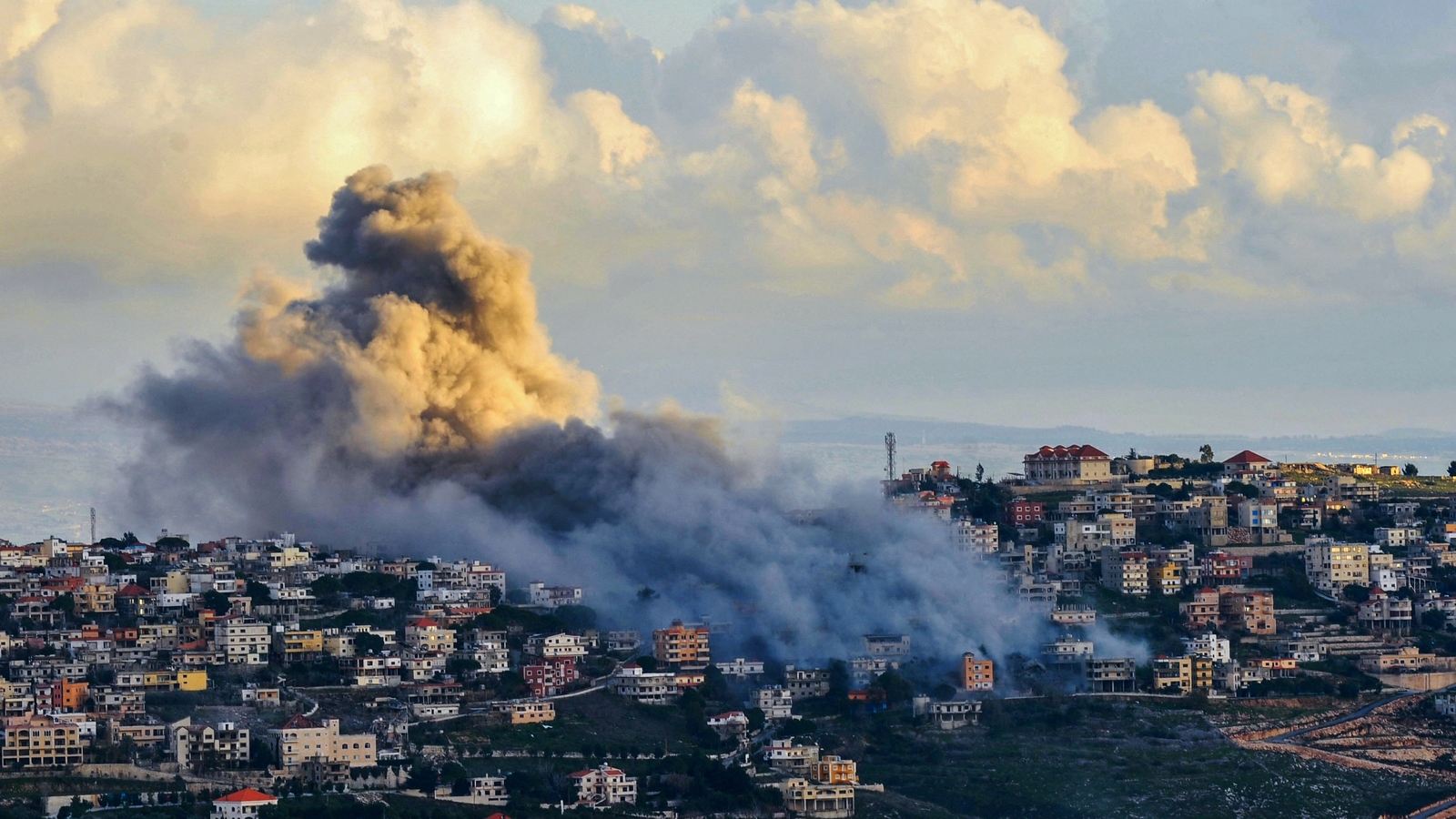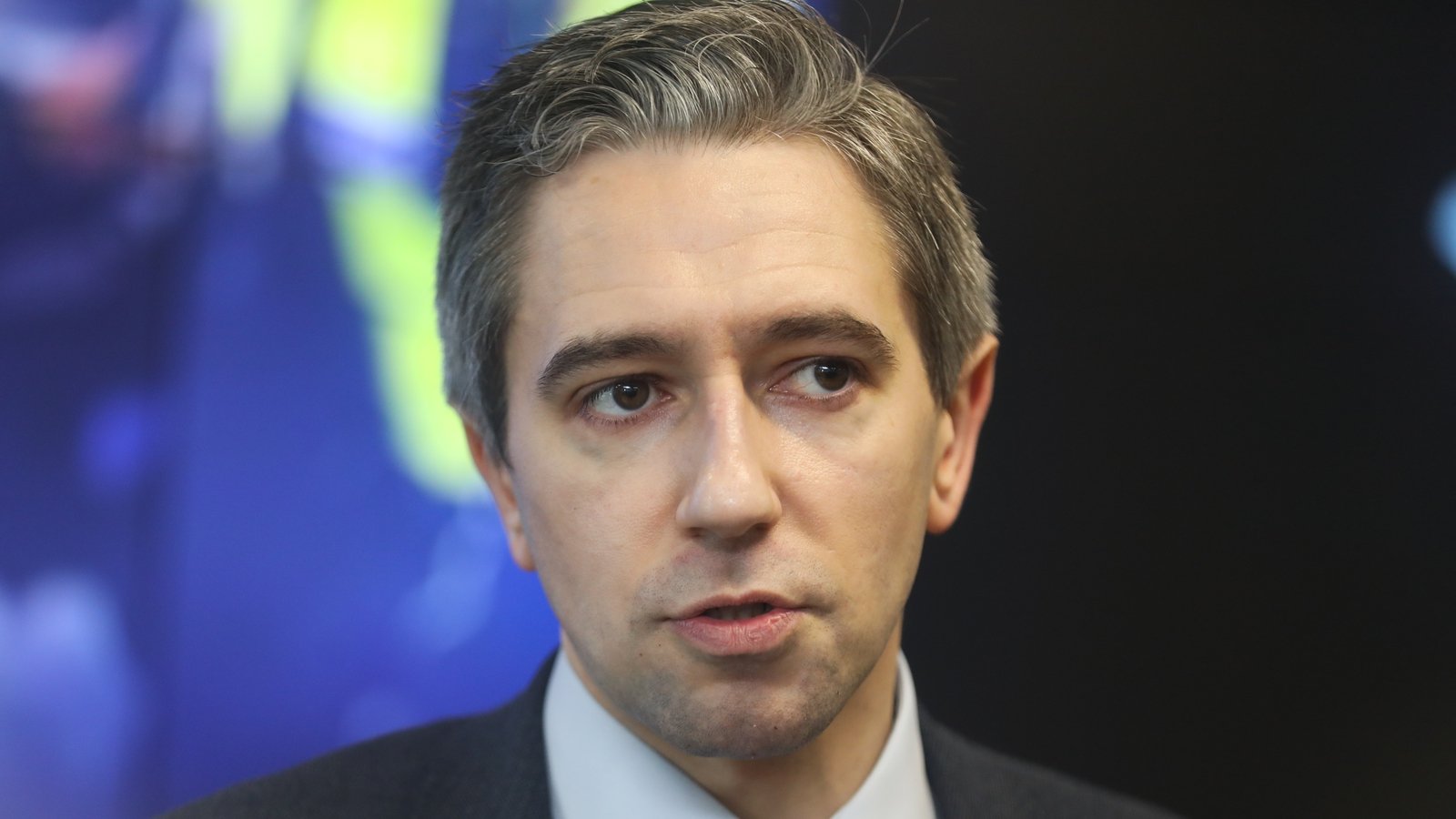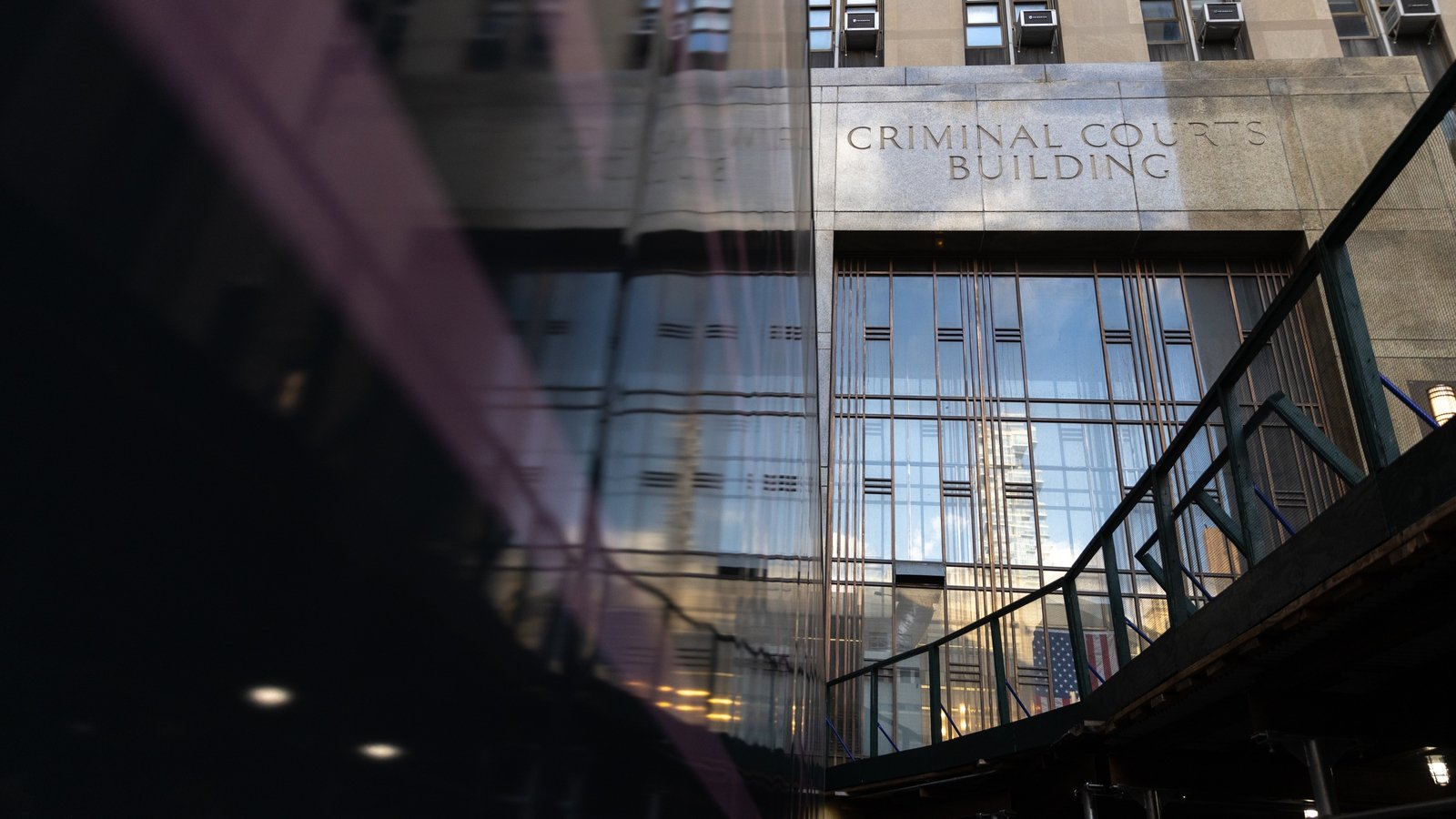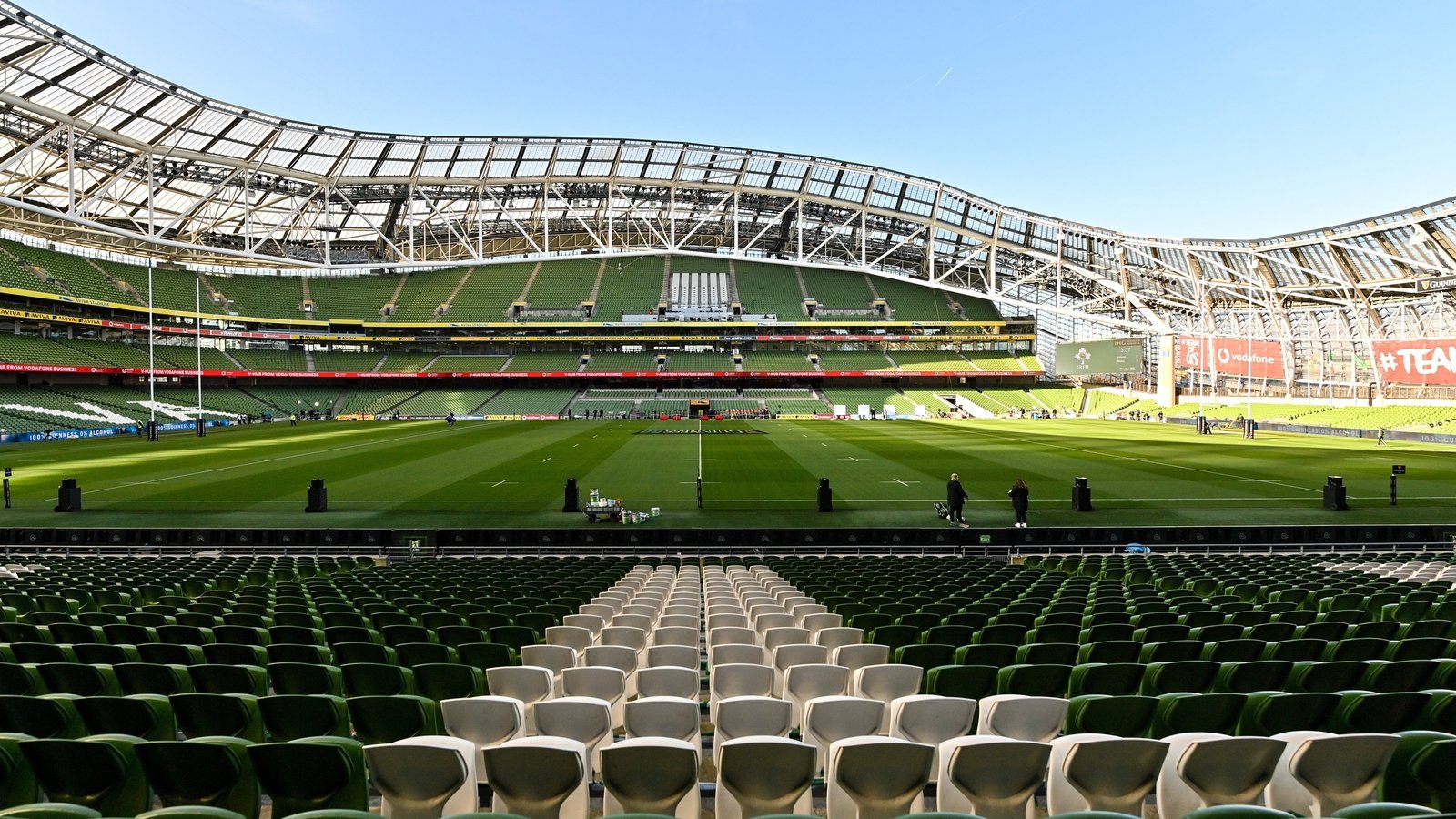Palestinians brace for Rafah evacuation

Trapped in and around Rafah amid fears of a “bloodbath,” more than 1 million terrified Palestinians waited for Israel to complete a plan to evacuate them and launch an assault against Hamas fighters in the southern Gaza city.
Aid agencies warned that large numbers of civilians could die in the Israeli offensive and the UN Palestinian refugee agency said it did not know how long it could work “in such a high risk operation.”
“There is a sense of growing anxiety, growing panic in Rafah,” said Philippe Lazzarini, the head of the UNRWA agency.
“People have no idea where to go.”
Israeli Prime Minister Benjamin Netanyahu’s office announced that the military was ordered to develop a plan “for evacuating the population and destroying” four Hamas battalions that it said were deployed in Rafah.
Israel cannot achieve its goal of eliminating the Islamist militants who rule Gaza while those units remain, it said.
The statement, issued two days after Mr Netanyahu rejected a Hamas ceasefire proposal that included the release of hostages held by the Palestinian militants, gave no further details.

The US, Israel’s main supporter, said it would not back an assault that did not protect civilians, and had briefed Israel on a new US national security memorandum reminding countries receiving US arms to adhere to international law.
More than a million people driven southwards by more than four months of Israeli bombing of Gaza are packed into Rafah and surrounding areas on the coastal enclave’s border with Egypt, which has reinforced the frontier, fearing an exodus.
Doctors and aid workers are struggling to supply even basic aid to Palestinians sheltering around Rafah.
Many are trapped against a border fence with Egypt and living in makeshift tents.
Israeli forces have been moving southwards towards the city after first storming northern Gaza in response to the 7 October rampage into southern Israel by Hamas gunmen.
The United Nations said Palestinian civilians in Rafah require protection, but there should be no forced mass displacement, which is barred by international law.
“No war can be allowed in a gigantic refugee camp,” said Jan Egeland, secretary-general of the Norwegian Refugee Council, warning of a “bloodbath” if Israeli troops move into Rafah.
The Palestinian Presidency said Mr Netanyahu’s plans aimed to displace the Palestinian people from their land.
“Taking this step threatens security and peace in the region and the world. It crosses all red lines,” said the office of Mahmoud Abbas, head of the Palestinian Authority that exerts partial self-rule in the Israeli-occupied West Bank.

An Israeli official who declined to be named said that Israel would try to organise for people in Rafah, most of whom fled there from the north, to be moved back northwards ahead of any assault.
Gaza’s health ministry said at least 27,947 Palestinians had been confirmed killed in the conflict and 67,459 injured. More Could be buried under rubble.
Hamas gunmen killed some 1,200 people and took 253 hostages in the 7 October rampage into southern Israel, according to Israeli tallies.
Almost one in 10 Gazans under the age of five are now acutely malnourished, according to initial UN data from arm measurements showing physical wasting.
‘All were martyred’
Earlier, Israeli airstrikes killed at least 15 people, eight of them in the Rafah area, said Palestinian health officials.
“We were sleeping inside and, when the strike hit, were thrown outside,” said Mohammed al-Nahal, an elderly Palestinian standing beside the rubble of her stricken building.

“It destroyed the entire home. My daughter was killed. My daughter, her husband, her son, all were martyred.”
Israel’s military said its forces had been in action in the area of Khan Younis and in northern and central Gaza to eliminate militant cells and destroy militant infrastructure.
It says it takes steps to avoid civilian casualties and accuses Hamas militants of hiding among civilians, including at schools, shelters and hospitals. Hamas has denied doing so.
Hamas this week proposed a ceasefire of 4-1/2 months, during which remaining hostages would go free, Israeli troops would withdraw and agreement would be reached on ending the war.
Mr Netanyahu rejected as “delusional” Hamas’ terms, a response to a plan developed by the US and Israeli spy chiefs with Qatar and Egypt.





